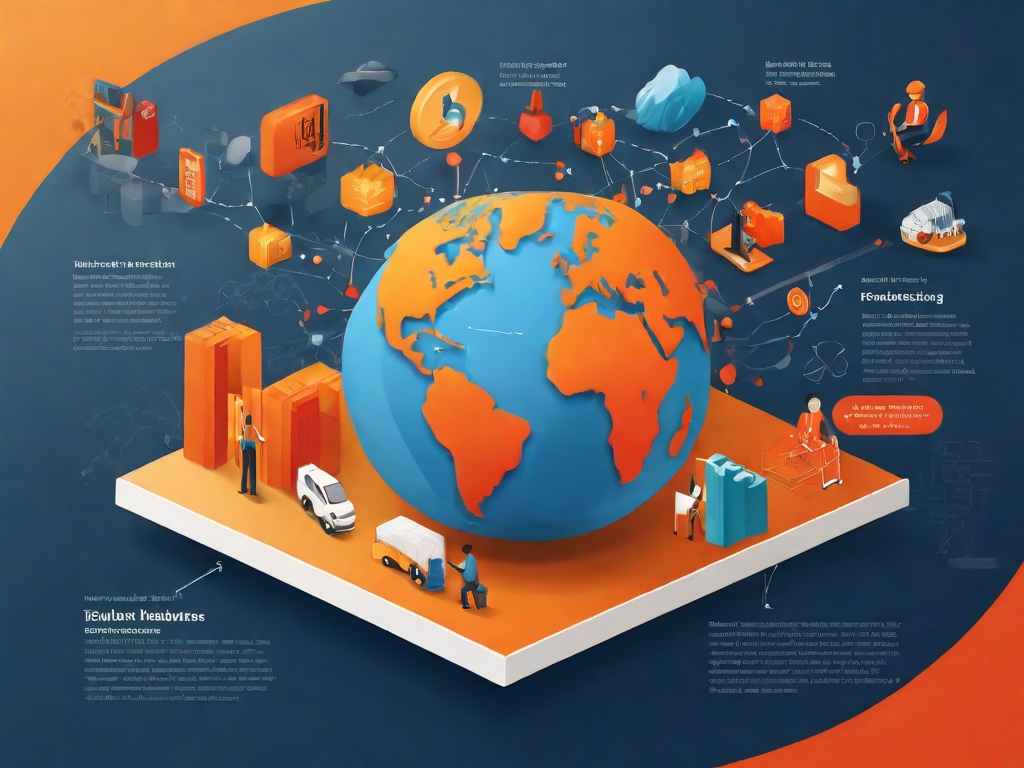In a fast-paced business landscape, the journey from product conceptualization to consumer hands is a critical phase—Product Delivery. This article delves into the intricacies of Product Delivery, unraveling its significance, methods, challenges, and real-world applications that drive product success.

What is Product Delivery:
Product Delivery encapsulates the process of bringing a conceived product to the hands of the end-user. It’s a comprehensive lifecycle involving planning, manufacturing, logistics, and customer interaction. From the assembly line to the final doorstep, Product Delivery embodies the bridge between innovation and consumption.
Why is Product Delivery Important:
Efficient Product Delivery is the linchpin of customer satisfaction and loyalty. It’s not just about moving physical goods; it’s an experience. Timely, reliable deliveries enhance brand reputation and customer trust. As the final touchpoint in the product development journey, a seamless delivery process solidifies a positive user experience.
“In the realm of business, Product Delivery is not just a process; it’s a promise fulfilled—a commitment to meeting customer expectations.”
How to Do Product Delivery:
- Strategic Planning: Develop a robust delivery strategy encompassing logistics, distribution channels, and customer touchpoints.
- Manufacturing Excellence: Ensure quality control during production to minimize defects and streamline the delivery timeline.
- Logistics Mastery: Optimize supply chain logistics for efficiency, exploring options like just-in-time inventory to reduce storage costs.
- Customer-Centric Approach: Implement a responsive and transparent communication system, keeping customers informed about their order status.
- Post-Delivery Support: Provide post-delivery services such as installation guides, troubleshooting, and customer support to enhance the overall experience.
How to Decide Which Product Delivery Method to Focus On:
- Understand Your Audience: Tailor your delivery methods based on your target audience’s preferences and geographic locations.
- Product Characteristics: Consider the nature of your product—fragile, perishable, or durable—and choose the delivery method that aligns.
- Market Research: Analyze market trends and competitors to identify successful delivery methods within your industry.
Challenges of Product Delivery:
- Logistical Complexities: Navigating global supply chains can lead to delays, increased costs, and potential disruptions.
- Customer Expectations: Meeting diverse customer expectations regarding delivery times, options, and post-delivery services poses a constant challenge.
- Environmental Impact: Balancing the need for speedy deliveries with sustainable practices is an ongoing challenge, given the environmental concerns associated with transportation.
How to Use Product Delivery to Drive Product Success:
- Positive Brand Perception: A seamless delivery experience contributes to a positive brand image, fostering customer trust and loyalty.
- Word of Mouth Marketing: Satisfied customers become brand advocates, sharing their positive delivery experiences with friends and family.
- Iterative Improvements: Continuously analyze delivery performance, seeking feedback, and making iterative improvements to enhance overall efficiency.
Examples of Product Delivery from Real Applications:
- Amazon Prime: Amazon’s expedited delivery service has set a benchmark for speed and reliability, reshaping customer expectations.
- Tesla Direct: Tesla’s direct-to-consumer approach, bypassing traditional dealerships, streamlines the electric car delivery process.
- Food Delivery Apps: Services like Uber Eats and DoorDash have revolutionized food delivery, providing convenience and real-time tracking.
Conclusion:
In the ever-evolving landscape of product development, mastering the art of Product Delivery is paramount. A seamless, customer-centric delivery strategy not only ensures the physical transfer of goods but fosters a lasting connection between the brand and the consumer.
Call to Action:
As you embark on refining your Product Delivery strategy, remember that it’s not just about moving products—it’s about delivering exceptional experiences. Stay attuned to market dynamics, embrace innovation, and let your delivery strategy be a testament to your commitment to customer satisfaction.
